Home>Gardening & Outdoor>Landscaping Ideas>How Late To Plant Grass Seed In Fall
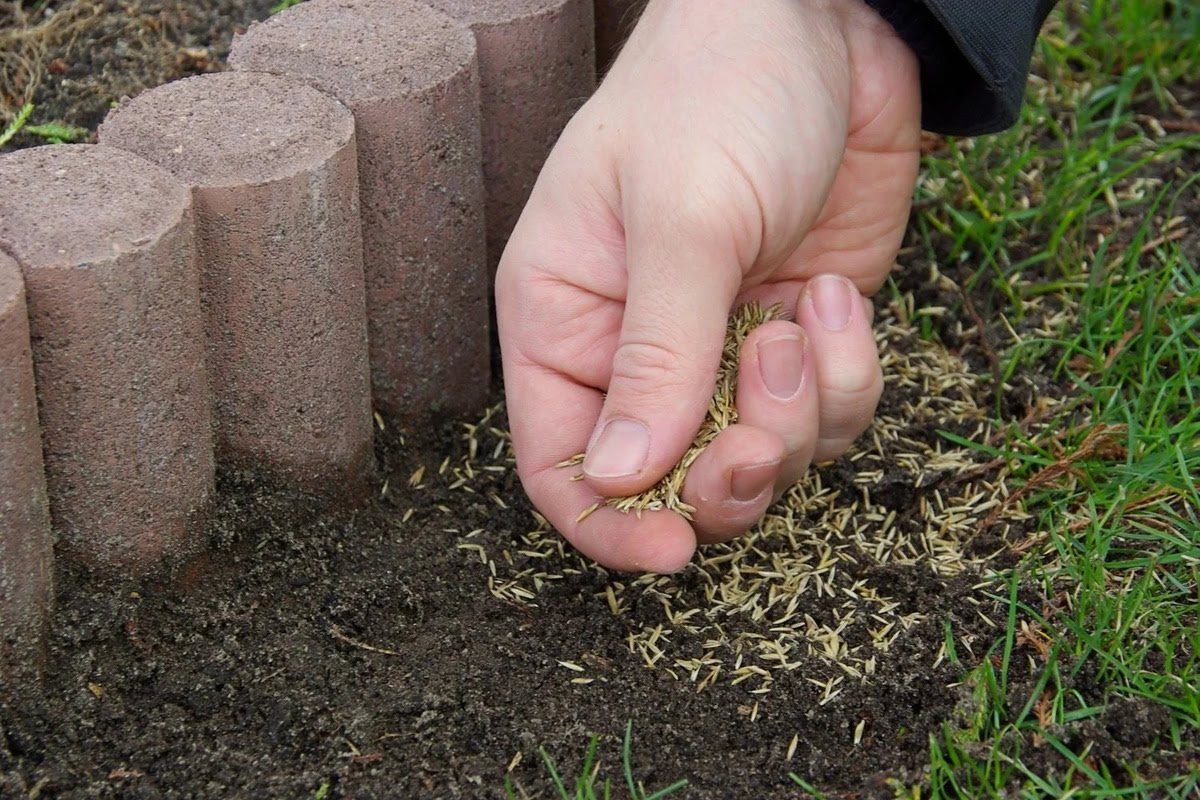

Landscaping Ideas
How Late To Plant Grass Seed In Fall
Modified: February 18, 2024
Discover the best landscaping ideas for planting grass seed in the fall. Learn how late you can plant grass seed and tips for a successful lawn.
(Many of the links in this article redirect to a specific reviewed product. Your purchase of these products through affiliate links helps to generate commission for Storables.com, at no extra cost. Learn more)
Factors to Consider Before Planting Grass Seed in the Fall
Planting grass seed in the fall can be an excellent way to achieve a lush, green lawn. However, several crucial factors should be taken into consideration before embarking on this endeavor. By carefully evaluating these elements, you can maximize the success of your grass seed planting and set the stage for a vibrant lawn in the seasons to come.
- Climate and Region: The climate of your region plays a pivotal role in determining the ideal time for planting grass seed in the fall. It’s essential to consider the average first frost date, as planting too late can hinder seed establishment. Additionally, different grass species thrive in specific regions, so selecting the right type for your climate is crucial for successful growth.
- Soil Conditions: Assessing the condition of your soil is paramount before planting grass seed. Factors such as soil pH, drainage, and nutrient levels can significantly impact seed germination and overall grass health. Conducting a soil test can provide valuable insights and help determine if any amendments are necessary to create an optimal environment for seed growth.
- Existing Lawn Issues: If you have an existing lawn, it’s important to address any underlying issues before overseeding or planting new grass seed. Identifying and remedying problems such as thatch buildup, compaction, or pest infestations can prevent potential obstacles and promote the successful establishment of new grass seed.
- Grass Seed Selection: Choosing the right type of grass seed is a critical decision that hinges on various factors, including sun exposure, foot traffic, and desired aesthetics. Whether opting for a cool-season or warm-season grass, selecting a high-quality seed that aligns with your lawn’s specific requirements is fundamental to achieving a thriving and resilient turf.
- Time and Commitment: Planting grass seed demands a certain level of commitment and attentiveness, particularly during the crucial germination and establishment phases. Assessing your availability to water, monitor, and care for the newly planted seedlings is essential for their successful growth and development.
By carefully evaluating these factors and addressing any potential challenges, you can pave the way for a successful grass seed planting endeavor in the fall. Understanding the unique characteristics of your region, soil, and grass seed selections is key to fostering a healthy and vibrant lawn that will be enjoyed for years to come.
Key Takeaways:
- Fall is a great time to plant grass seed, but consider climate, soil, and lawn issues. Choose the right seed, time it right, and provide proper care for a lush lawn.
- Follow essential steps like soil preparation, seed application, and ongoing care for successful grass seed planting in the fall. Choose high-quality seed, oversee for resilience, and monitor growth.
Read more: How Late To Plant Grass Seed In The Fall
Optimal Time for Planting Grass Seed in the Fall
Timing is crucial when it comes to planting grass seed in the fall. Selecting the optimal time ensures that the seeds have the best chance of germination and establishment, setting the stage for a lush and vibrant lawn. Several key factors contribute to determining the ideal window for planting grass seed in the fall, allowing for favorable conditions that promote successful growth.
As the scorching temperatures of summer begin to wane and cooler, moister conditions prevail, the fall season creates an opportune environment for planting grass seed. The optimal time for this endeavor typically aligns with the period around four to six weeks before the first anticipated frost. This timeframe allows the seeds to germinate and establish before the onset of harsh winter conditions, fostering resilient and healthy grass growth.
Furthermore, the soil temperature plays a pivotal role in seed germination. During the fall, the soil retains warmth accumulated from the summer months, creating an advantageous environment for seedling development. As the days gradually become cooler while the soil remains relatively warm, the conditions become increasingly conducive for successful grass seed germination and establishment.
It’s important to consider the specific climate and region when determining the optimal time for planting grass seed in the fall. Different regions experience varying first frost dates, and understanding this timeline is essential for planning the grass seed planting accordingly. By aligning the planting schedule with the local climate patterns, you can capitalize on the most favorable conditions and maximize the potential for robust grass growth.
Ultimately, the optimal time for planting grass seed in the fall hinges on a harmonious convergence of factors, including the anticipated first frost date, soil temperature, and regional climate patterns. By carefully gauging these elements and selecting a timeframe that aligns with these considerations, you can embark on a grass seed planting endeavor that sets the stage for a vibrant and resilient lawn.
It’s best to plant grass seed in the fall at least 45 days before the first frost. This allows the seeds to establish before winter and grow strong in the spring.
Steps to Planting Grass Seed in the Fall
Planting grass seed in the fall presents an excellent opportunity to establish a lush and resilient lawn. By following a series of essential steps, you can ensure the successful germination and growth of the grass seed, setting the stage for a vibrant and healthy turf. From soil preparation to ongoing care, each step plays a crucial role in fostering the optimal conditions for robust grass growth.
- Assess and Prepare the Soil: Begin by assessing the condition of the soil and addressing any deficiencies. Conduct a soil test to evaluate pH levels and nutrient content, and make any necessary amendments to create an optimal environment for seed germination.
- Remove Debris and Loosen the Soil: Clear the area of debris, rocks, and existing vegetation. Loosen the soil to a depth of about 2-3 inches to facilitate root development and seed-to-soil contact.
- Seed Application: Evenly distribute the grass seed using a spreader, ensuring comprehensive coverage of the designated area. Consider using a mix of seeds suitable for your region and lawn conditions to promote diversity and resilience.
- Soil Contact and Protection: After seeding, gently rake the area to ensure good seed-to-soil contact. Consider applying a thin layer of mulch or straw to protect the seeds from birds and harsh weather conditions while retaining moisture.
- Watering and Maintenance: Keep the seeded area consistently moist by lightly watering it several times a day. As the seeds germinate and seedlings emerge, gradually transition to a deeper and less frequent watering schedule to promote strong root development.
- Monitor and Care: Regularly monitor the seeded area for signs of growth, and address any issues promptly. As the grass seedlings establish, continue to provide appropriate care, including mowing at the recommended height and addressing any weed encroachments.
By diligently following these steps and providing attentive care, you can foster the ideal conditions for successful grass seed germination and establishment in the fall. This proactive approach sets the stage for a vibrant and resilient lawn, ensuring that your outdoor space thrives with lush greenery and natural beauty.
Tips for Successful Grass Seed Planting in the Fall
When embarking on the endeavor of planting grass seed in the fall, incorporating a series of strategic tips can significantly enhance the likelihood of success and foster robust lawn growth. By implementing these valuable insights, you can optimize the conditions for seed germination and establishment, ultimately cultivating a lush and vibrant lawn that flourishes throughout the seasons.
- Choose the Right Seed: Selecting high-quality grass seed that aligns with your region, climate, and specific lawn conditions is paramount for successful planting. Consider factors such as sun exposure, foot traffic, and soil type when choosing the most suitable seed variety.
- Soil Preparation: Prior to seeding, conduct a soil test to assess pH levels and nutrient content. Make any necessary amendments to create an optimal environment for seed germination, ensuring that the soil is well-draining and nutrient-rich.
- Overseed for Resilience: If you have an existing lawn, overseeding with new grass seed can bolster its resilience and fill in sparse or patchy areas. This practice promotes a denser and more robust turf, enhancing the overall health and appearance of the lawn.
- Timing Is Key: Planting grass seed at the optimal time in the fall, typically around four to six weeks before the first anticipated frost, sets the stage for successful germination and establishment. Consider the regional climate and soil temperature when determining the ideal timing for planting.
- Proper Watering: Keep the seeded area consistently moist to support seed germination and early growth. Lightly water the area several times a day, gradually transitioning to a deeper and less frequent watering schedule as the seedlings establish.
- Protect and Nurture: Consider using a thin layer of mulch or straw to protect the seeds from birds and harsh weather conditions while retaining moisture. Additionally, provide ongoing care and maintenance, including mowing at the recommended height and addressing any weed encroachments.
- Monitor and Adjust: Regularly monitor the seeded area for signs of growth and address any issues promptly. Adjust your care regimen as needed based on the progress of the grass seedlings, ensuring that they receive the support necessary for healthy development.
By incorporating these tips into your grass seed planting efforts in the fall, you can cultivate an environment that is conducive to successful germination and robust grass growth. With careful attention to seed selection, soil preparation, timing, and ongoing care, you can establish a vibrant and resilient lawn that enhances the beauty of your outdoor space.
Frequently Asked Questions about How Late To Plant Grass Seed In Fall
Was this page helpful?
At Storables.com, we guarantee accurate and reliable information. Our content, validated by Expert Board Contributors, is crafted following stringent Editorial Policies. We're committed to providing you with well-researched, expert-backed insights for all your informational needs.
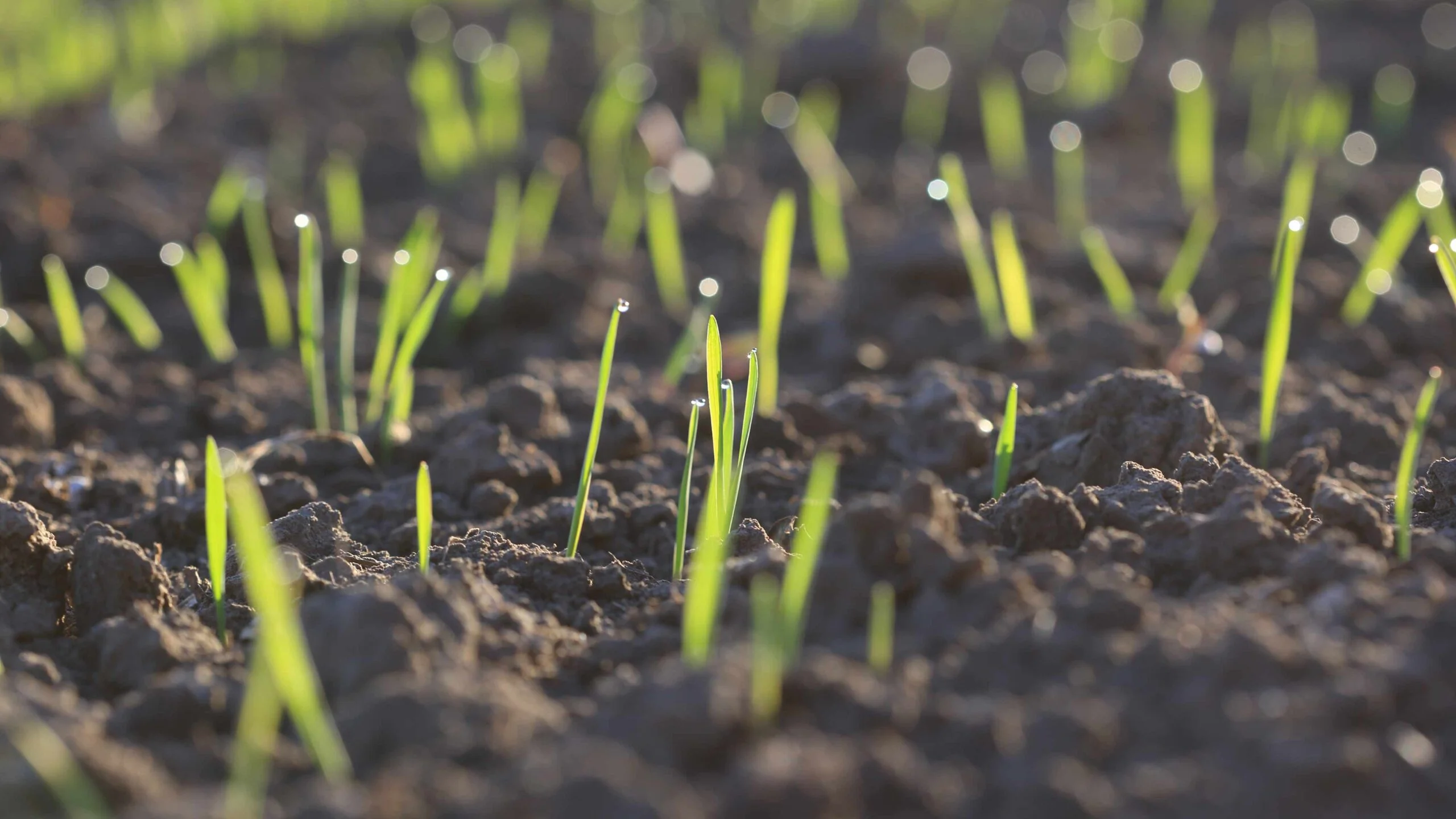
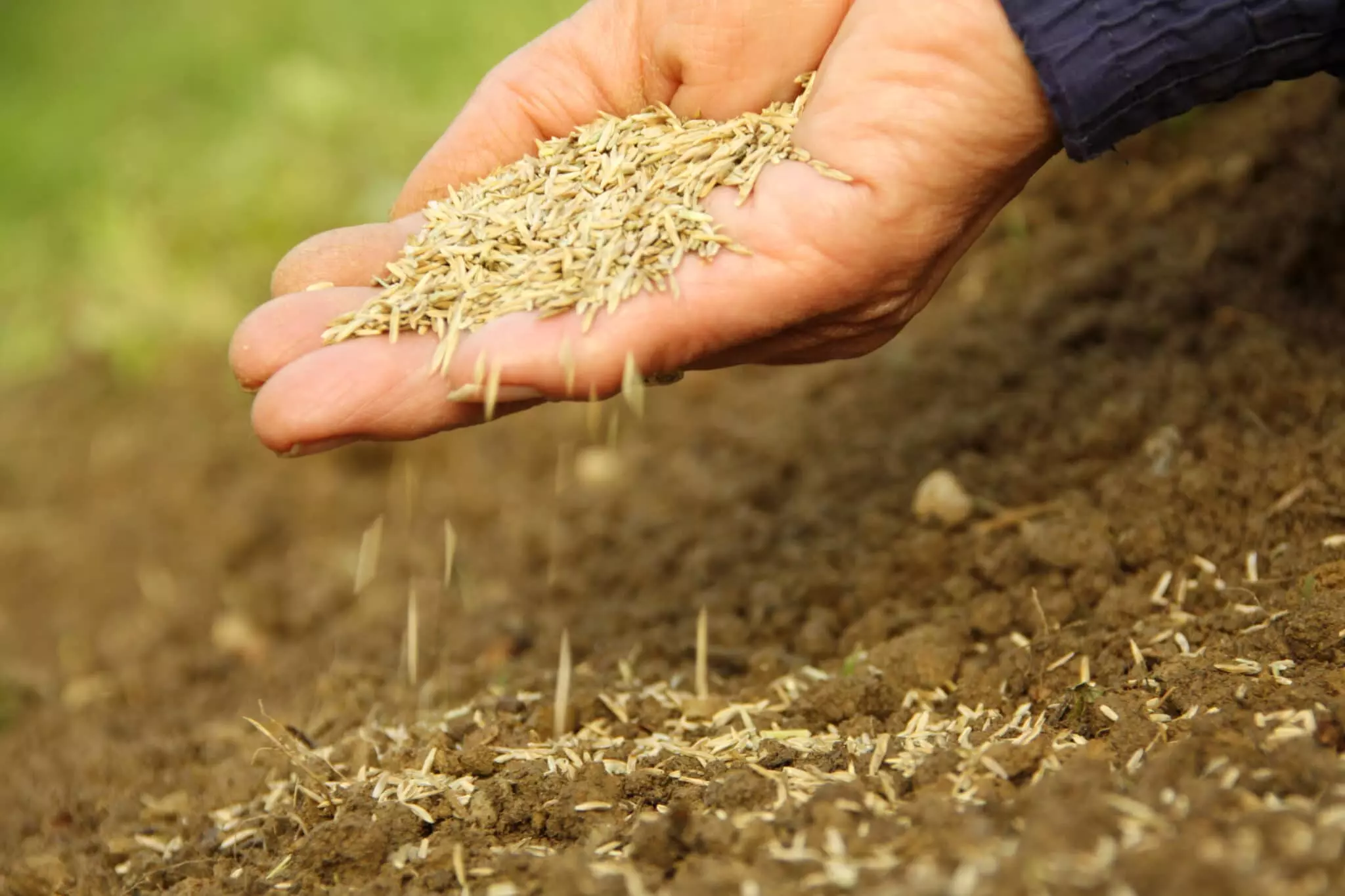
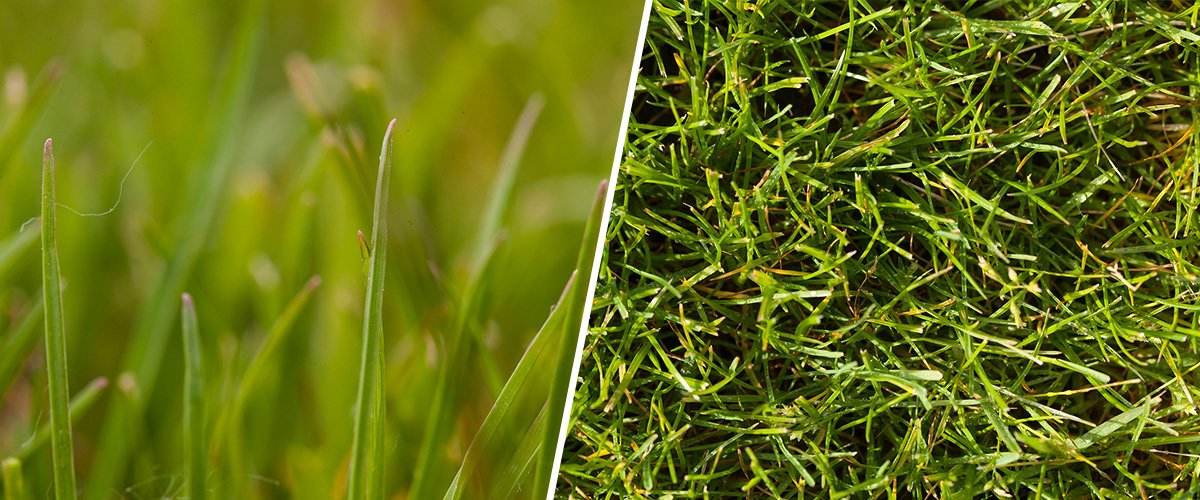
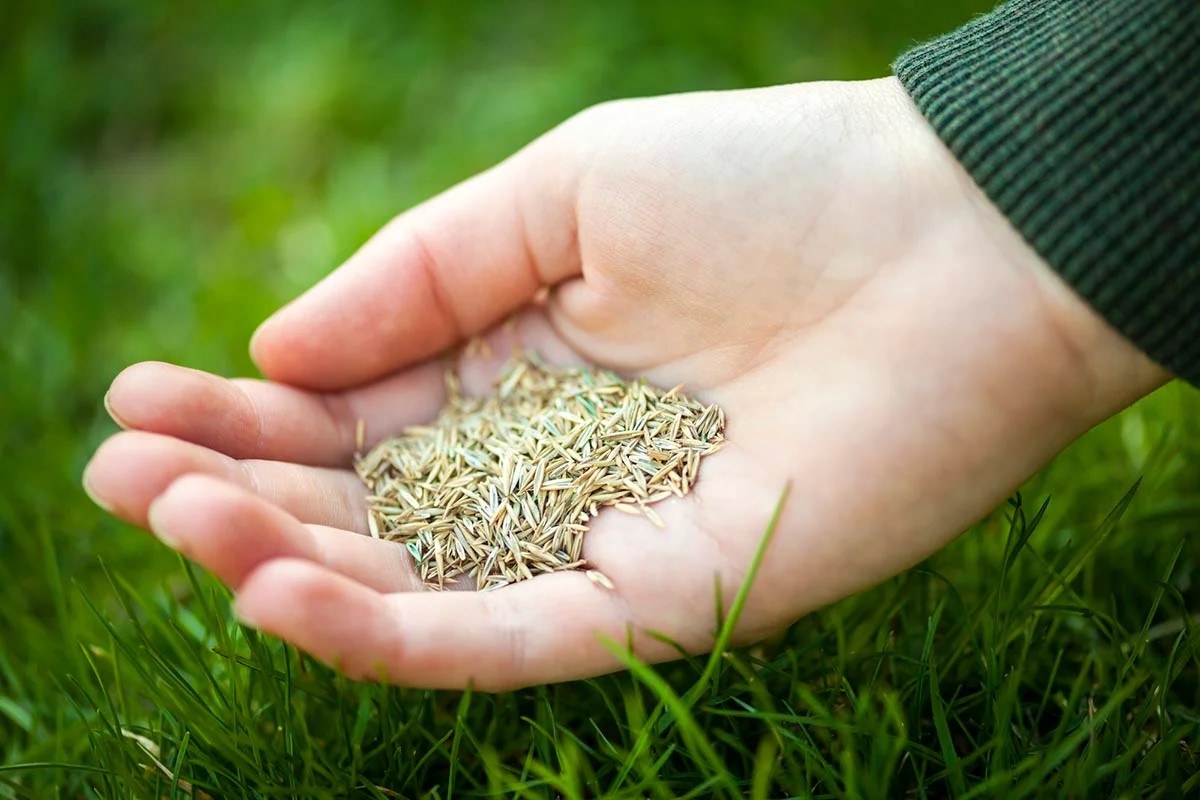
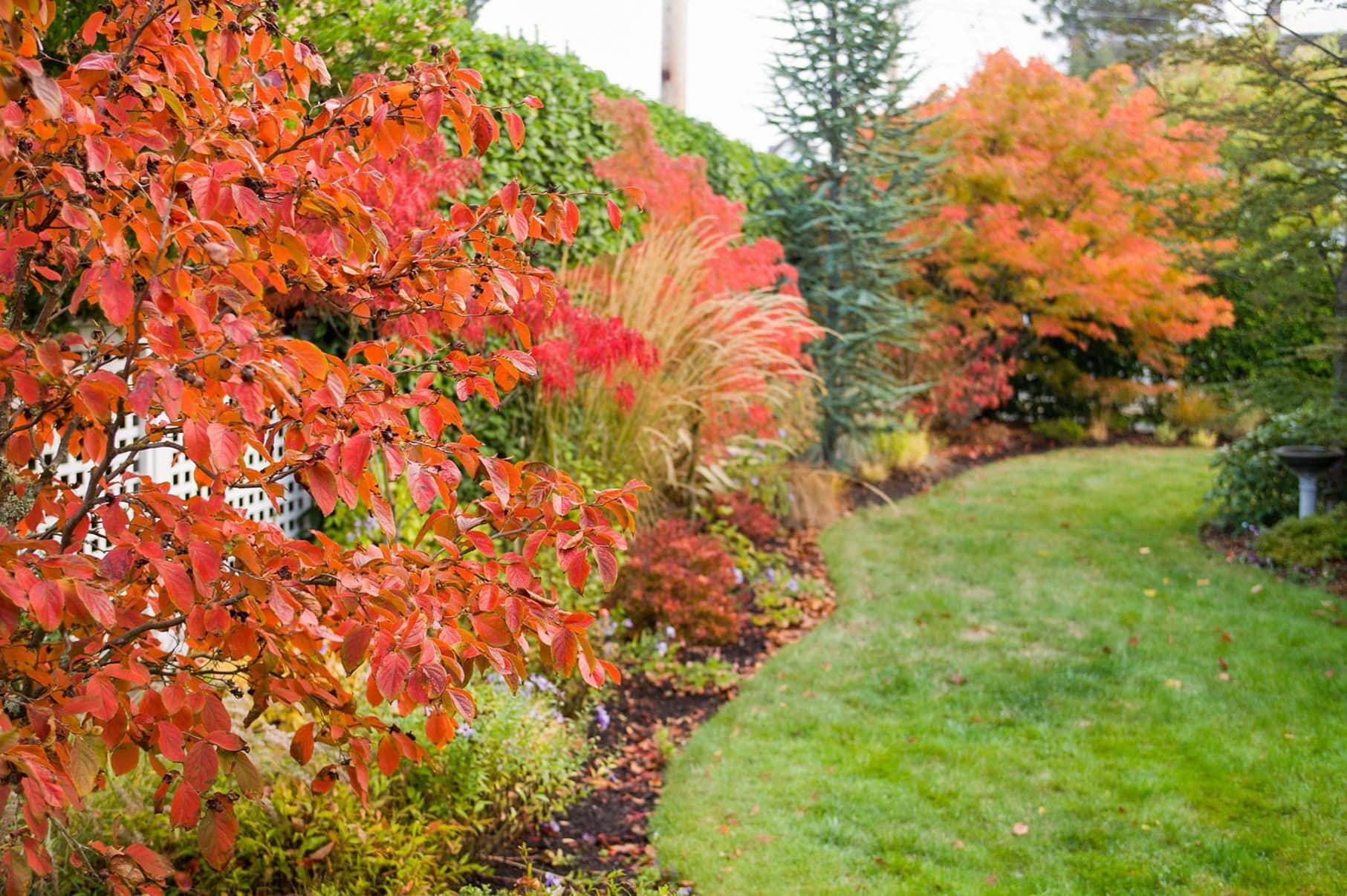

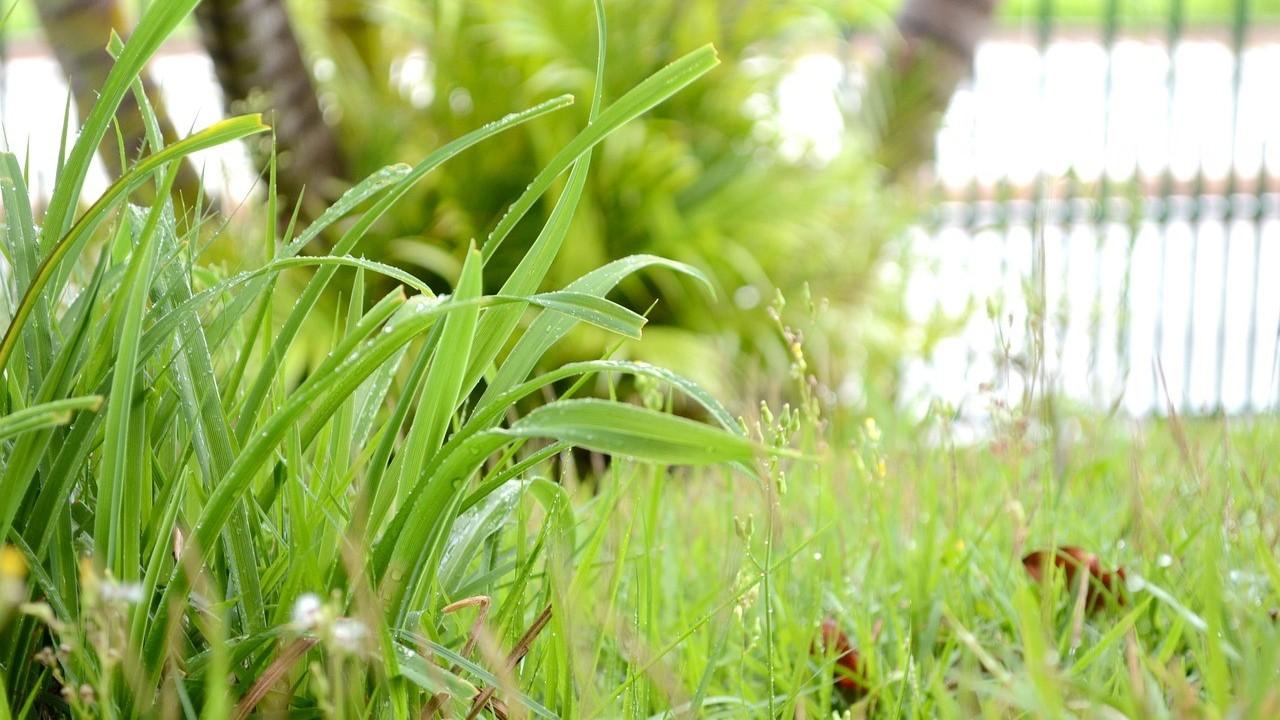
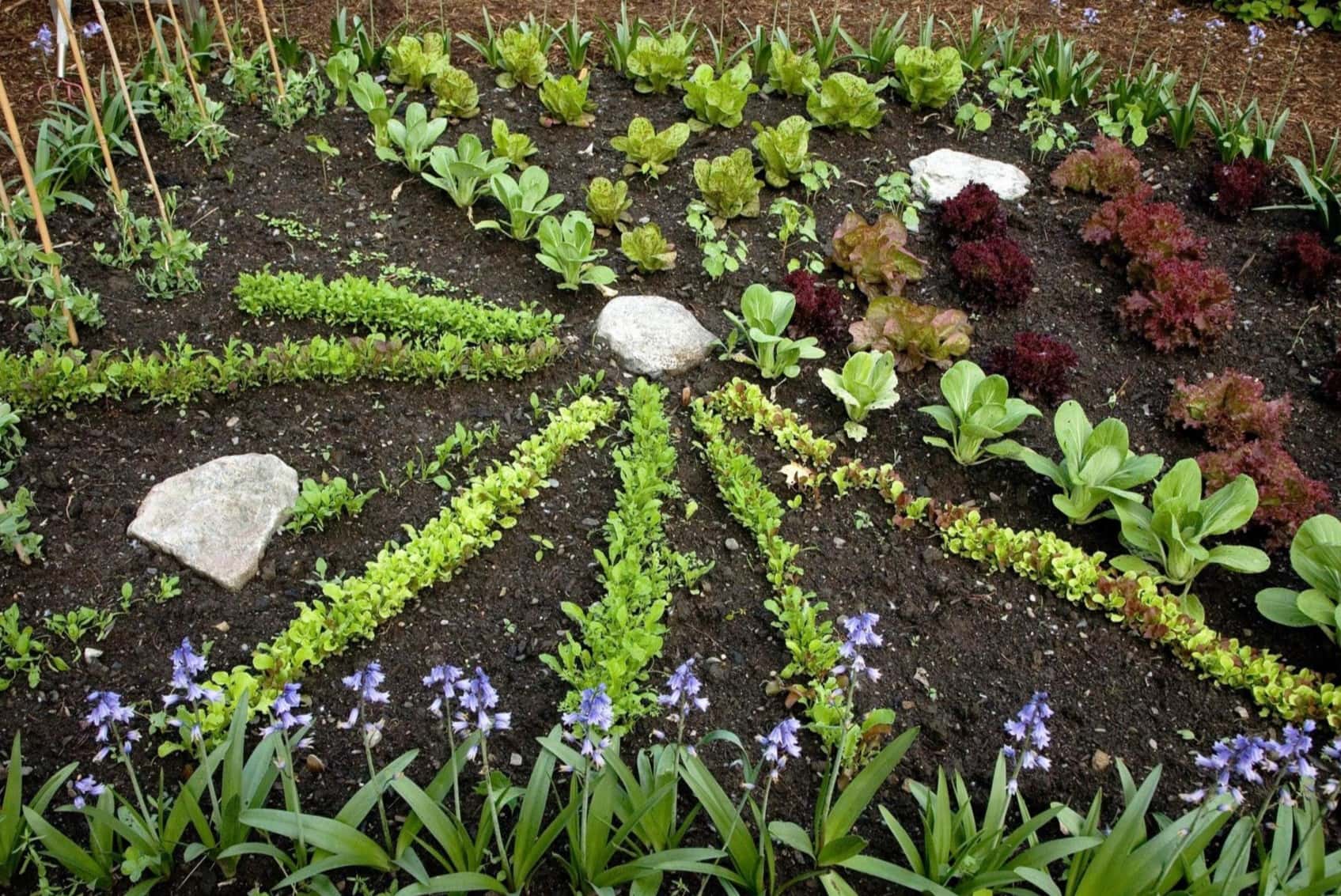

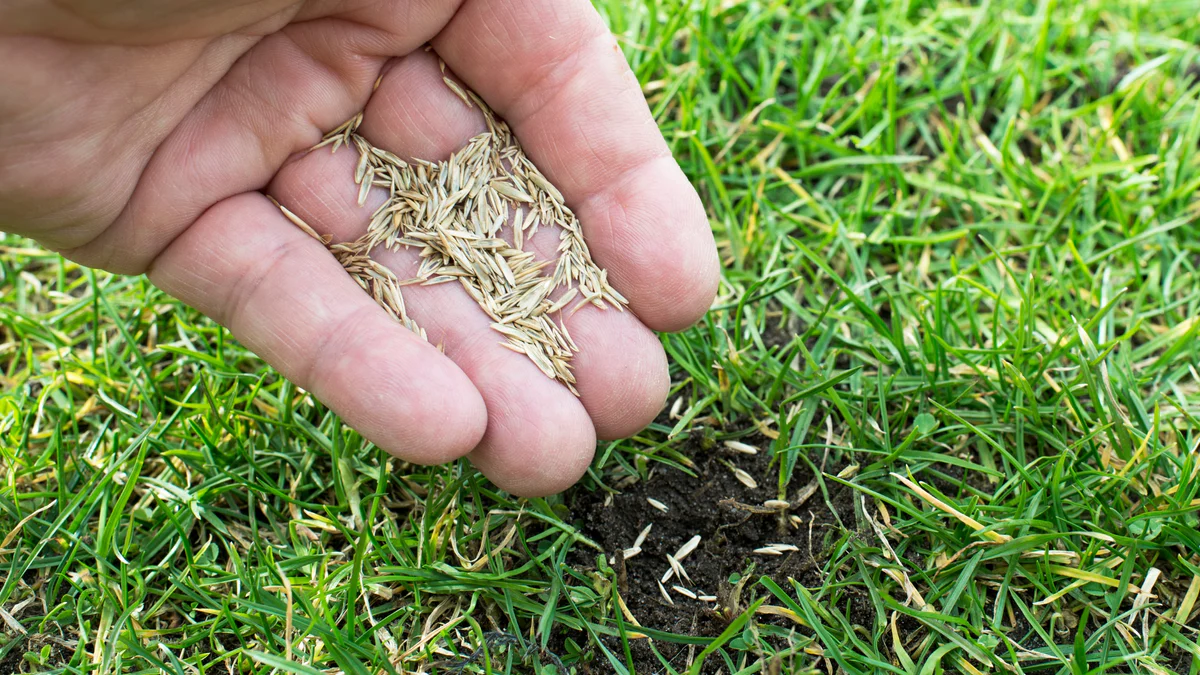
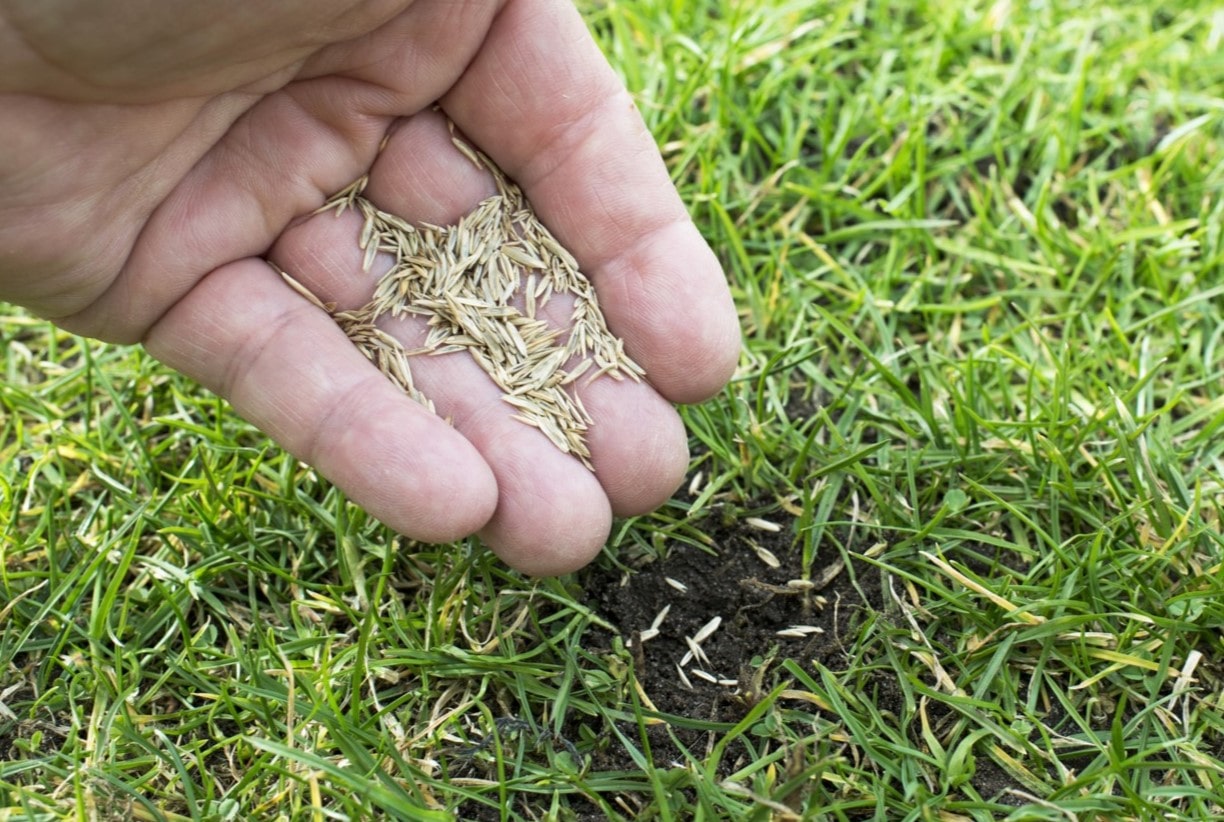
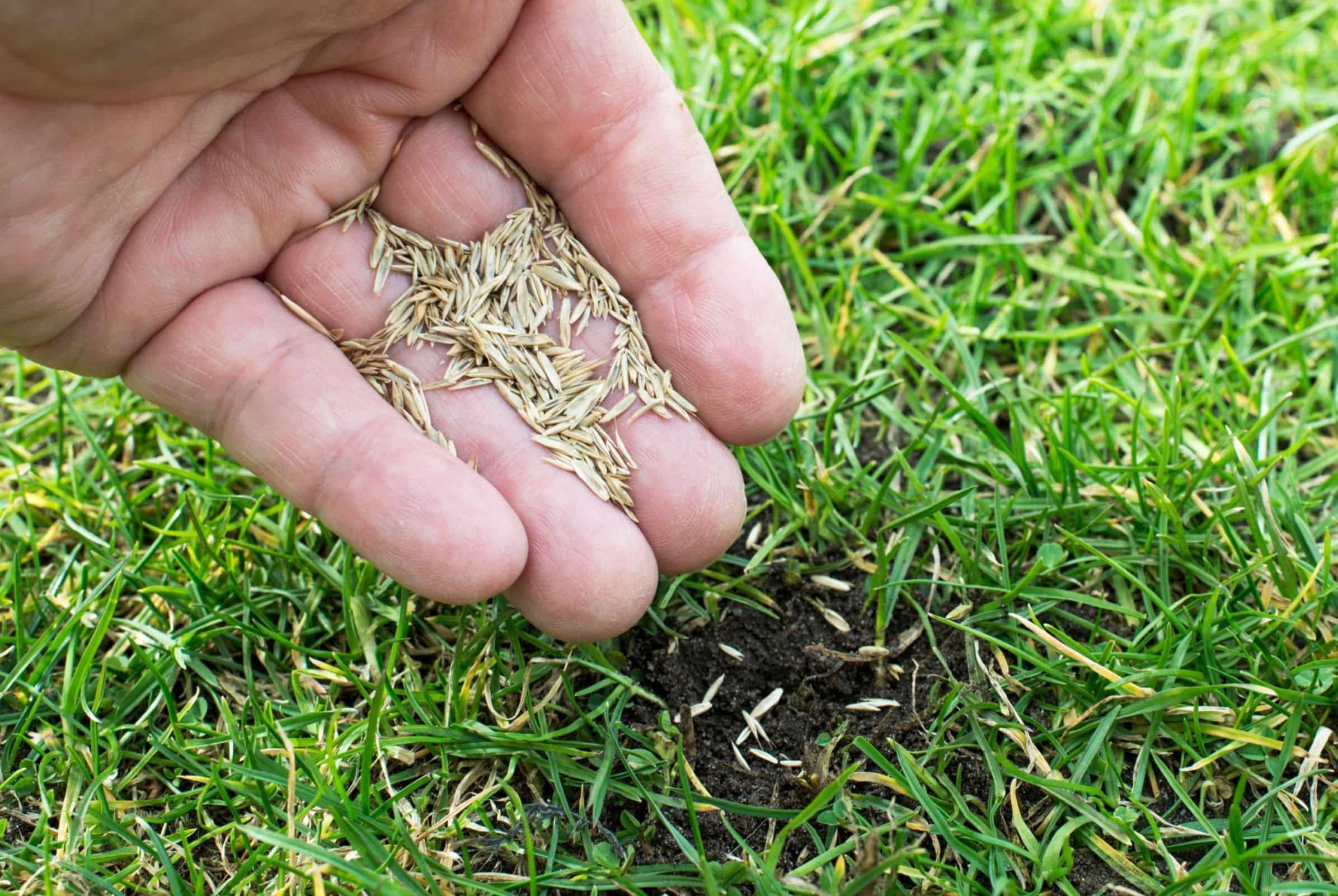
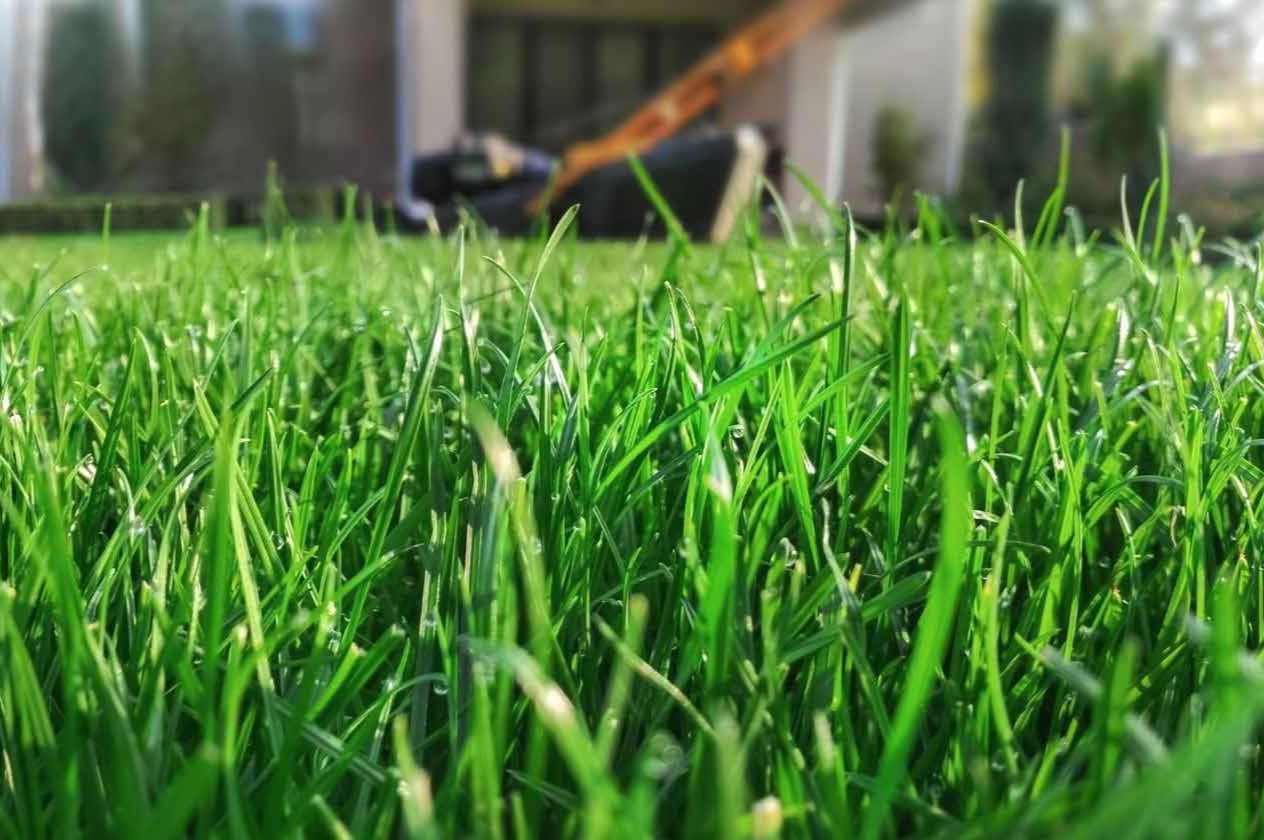
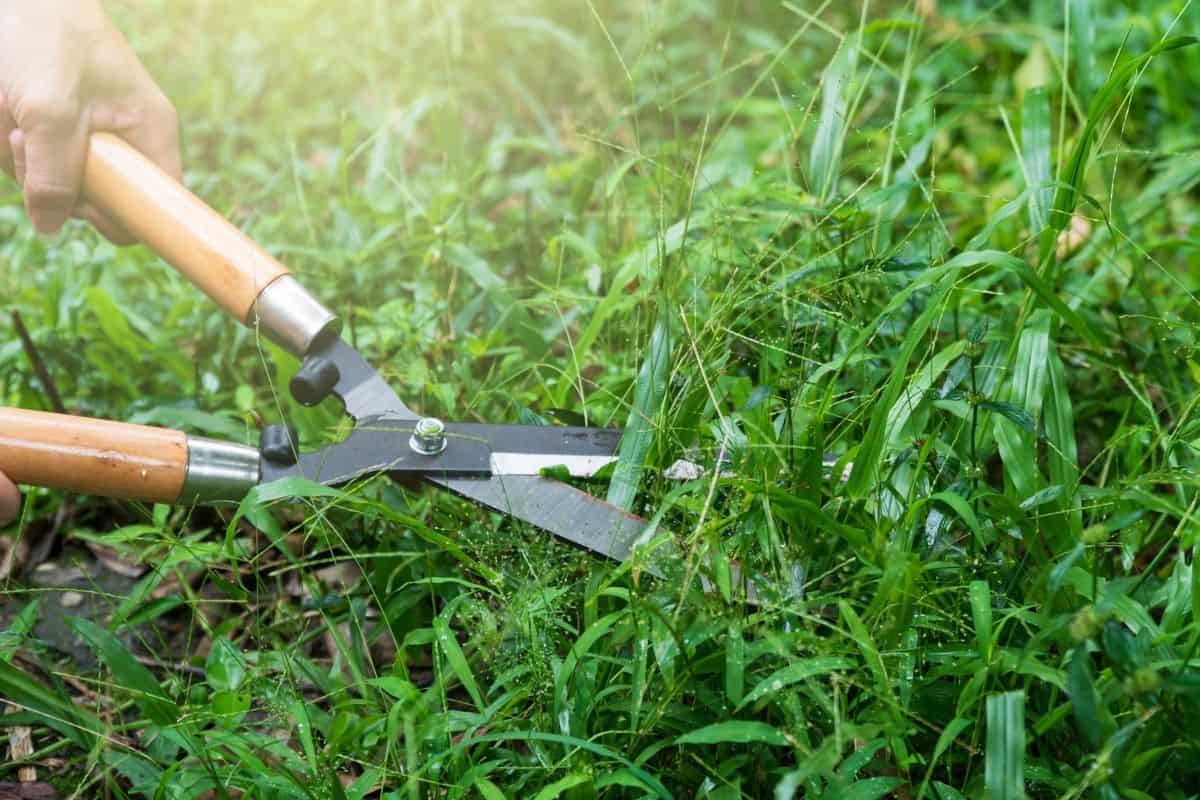
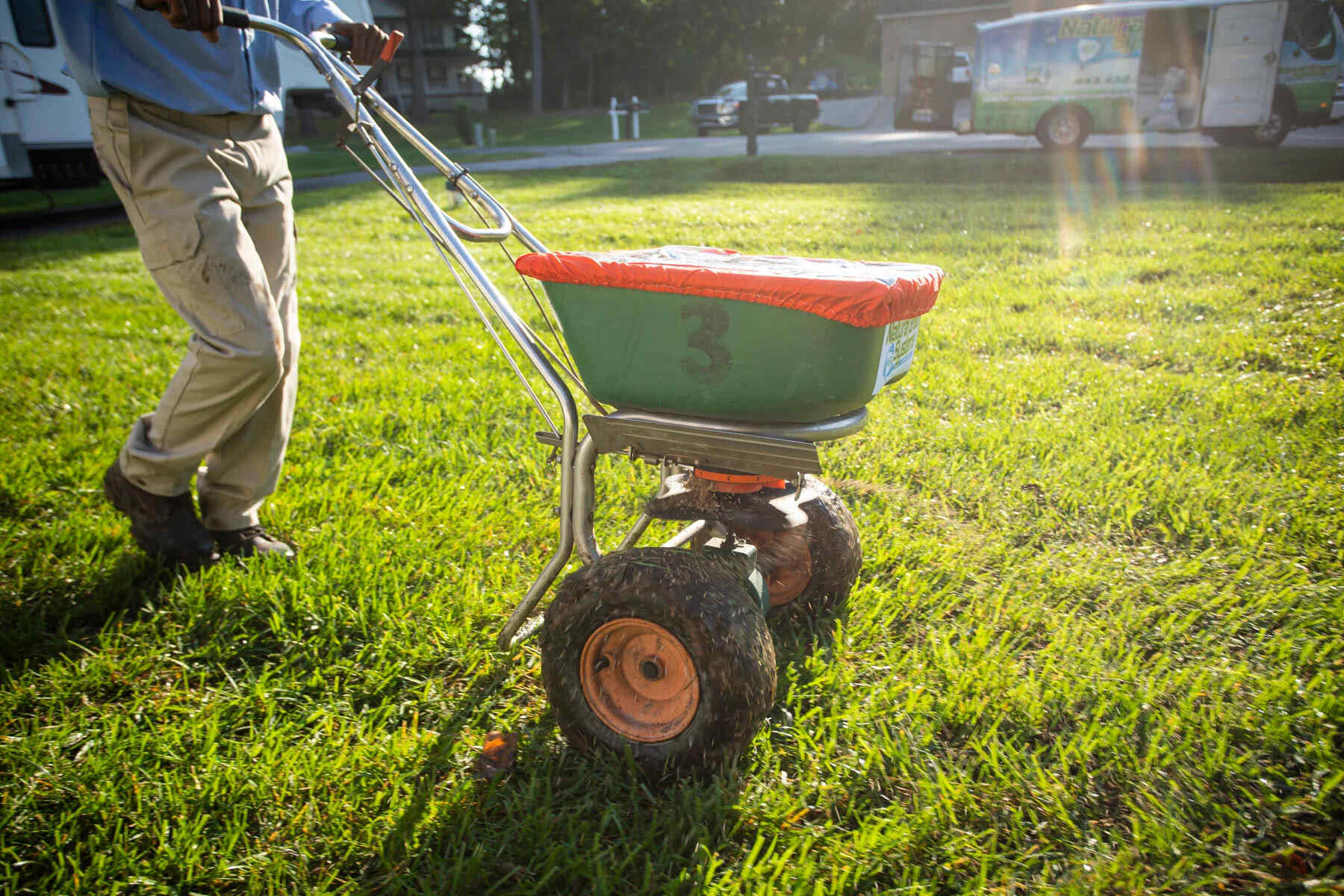

0 thoughts on “How Late To Plant Grass Seed In Fall”